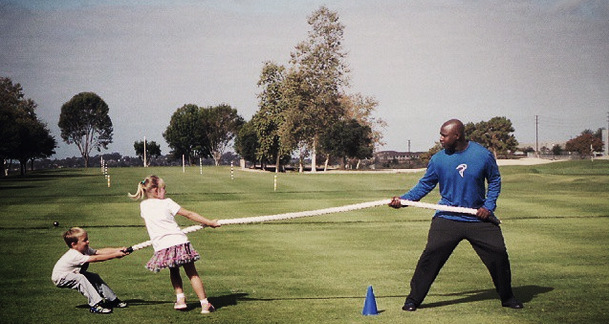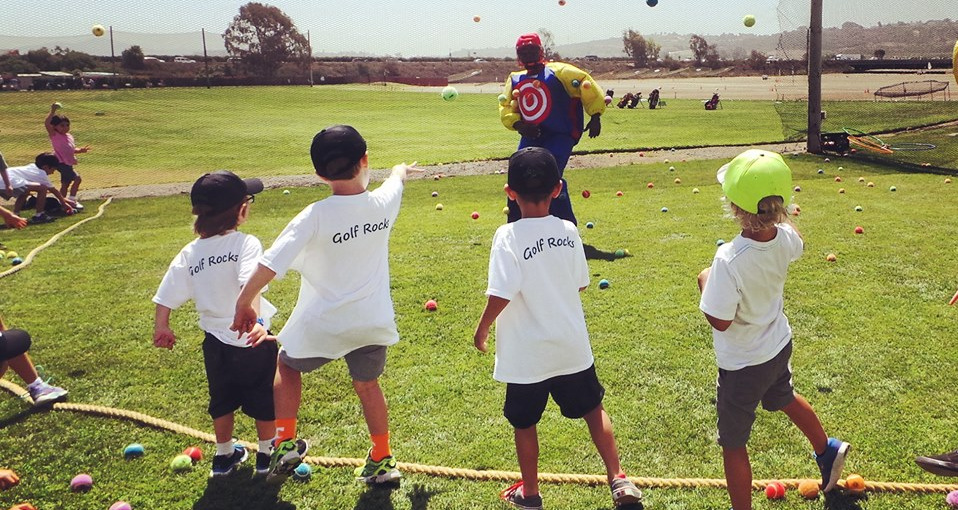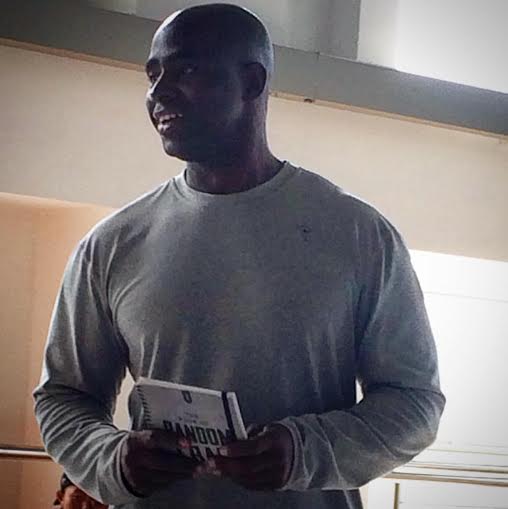IMPROVE MY GAME
Articles
15 Lessons Learned From Training Young Athletes

The following article is by TPI instructor Milo Bryant. Milo is a speaker at the upcoming World Golf Fitness Summit where he'll share his perspective on what you can do to position young athletes for long-term success.
The Performance Playground is a 6500-square foot piece of outdoor fun geared toward making athletes of all ages move with more efficieny, power and confidence. We have youth fitness and golf programs each summer. The golf program is a part of the Academy at Del Mar Golf Center. The fitness program is a part of the Coalition for Launching Active Youth (C.L.A.Y.). This year we had more than 100 athletes take part in our camps. That means I have had the opportunity to observe and learn from more than 100 growing minds and bodies - and from their parents, too! Here are a few of the things I've taken in, in no particular order of significance:
- I need to learn even more about coaching.
-
Young children, 3-8 years old (biologically), require the most attentionbecause the coach has to continually
show them proper movements. Slightly older athletes, 8-13, can be shown movements, grasp the understanding of the movement, then be put in different situations where they are required to use the movements. The randomness of that helps master the movements. - Too many children only move when their parents pay for it.
- Not enough parents care about movement fundamentals. They want competition or in-sport play.There is a time, during athletic maturation, for a lot of competition and playing. Athletes, however, need to have a solid grasp of how the body moves and how to make it move better before they compete and play in any single sport ad nauseam. Parents expect athletes at soccer camp to kick, pass and shoot when the athlete does not even have the kinesthetic awareness to run in a straight line. Parents want athletes to hit golf balls for four hours when the athletes cannot balance on one leg longer than a half second.
-
Athletes are getting softer and softer. Conservatively speaking, 65%-70% of the
athletes we worked with complained about how crawling on grass hurt their hands and knees. - The athletes, who didn't complain about the crawling, were our best athletes by far.
- There is a copious amount of information available to parents about their young athletes. I sometimes feel sorry for the parents because it is often difficult to categorize the information and figure out what is actually right and what should be done versus what could be skipped.
- Too many youth programs worry about the financial development of the program to the detriment of the physical development of the program's primary resource. I am not naive. I understand we need money to create and run the best programs. But, I firmly believe, if we put together an amazing program, we can get amazing financial returns. Many youth programs have trouble with retention rates, not because of money, but because of substandard programming and lackluster enthusiasm from the coaching and administrative staff. On the other side of that are the programs with built-in retention. These are the programs that practice early-specialization as a business philosophy - a practice, that, in many cases, I abhor. But that is another post.
- As a coach, there is an understanding that there will be a modicum of parenting when it comes to working with young athletes. We show them right from wrong and good from bad. We explain emotions and attitudes and reactions as they all relate to what happening during camp. Essentially, we talk about life within the context of athletic activity. But coaches should not have to parent parents.
- I don't know if adults can develop the patience needed to work with young children. I tend to think adults either have the patience or they do not. Or, maybe, I need to find a way to teach adults to develop the patience needed to work with young athletes. Hmmmmmmmmmmmmm.
- I have a lot more work to do.
-
Children LOVE to move, with one caveat: that movement must be what they consider fun. And that can be used to the coach's advantage, especially if we are teaching movements that do not take elaborate instructions. Concise and correct instructions equal more time for the movement, which equals more fun.

- A high-five or fist bump and an emphatic, "That's the way we do it!" fills a young athlete with an enormous a out of pride.
- Conversations with 4-year-old athletes can be as enlightening as they are hilarious.
- Mom: "Yeah, Johnny was in your SMASH camp last week."
Me: "Yup, I remember him. How is he doing?"
Mom: "Doing great. You are the first person who has ever gotten through to him fitness-wise. He wants to join your fitness class. What do we need to do?"
Me: "Wow, I did? Cool!"
Coaches, we do not always know who will respond to us or how. Johnny (not his real name) barely spoke to me throughout camp. He did everything we asked. I just thought he was a bit shy. Going to be great having him at the Playground.

Milo Bryant is the founder and head coach of C.L.A.Y. and is a TPI Advisory Board member. C.L.A.Y.'s mission is to educate trainers and coaches in the best methods of coaching young athletes. Coach Milo lectures and presents nationally and internationally about youth fitness training. /